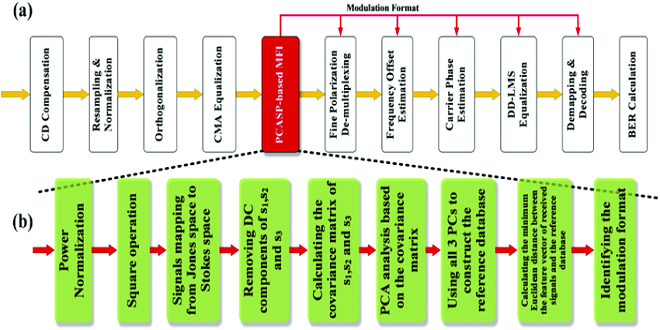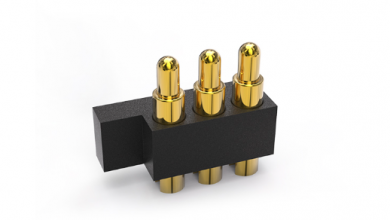How Reference Architecture Transforms Complex Systems into Coherent Solutions

Reference architecture could be the key to transforming your business, turning complex systems into simple, streamline, coherent solutions that support your ongoing growth.
By understanding how reference architecture works in a business context, you can begin to plan for business success, developing innovative new strategies and adopting fresh systems that help you respond well to professional demands in an evolving market.
Wondering how you can use reference architecture to help move your business forward? Here’s everything you need to know.
What is reference architecture?
Put simply, a reference architecture is a document or a collection of documents that outline an assortment of recommended structures and IT integration solutions.
In most cases, a reference architecture is designed to represent best practices for IT systems and controls within your industry. The architecture will recommend specific technologies, alongside their optimal delivery methodologies.
A reference architecture should be presented in a simple, straightforward program that is easy to understand that supports the implementation of even complex technologies as needed.
Why does it matter?
There are many advantages to using and relying on reference architectures.
A reference architecture can be helpful for a wide range of professionals, from software developers and enterprise architects to project managers and IT personnel.
Using a reference architecture can help your team communicate effectively and work collaboratively to implement new systems and processes that drive your business model forward.
Most reference architectures provide answers to common questions and deliver an overview that makes even complex solutions-driven tasks easy to navigate.
Key benefits of reference architecture
Among their many strengths, reference architectures can provide a few key value-adding benefits.
First, reference architectures can be used to standardise language and contexts. This helps to reduce confusion and ensure that all stakeholders in your organisation are on the same page.
Reference architectures establish clear, easy-to-follow guidelines that make problem-solving easier. They provide an optimised best-practice roadmap to help you find solutions with confidence.
A reference architecture can offer resources for a variety of task functions, including the design of teams, solutions, and IT systems. This can give you a framework for building new business components.
Using references architectures, you can plan to save money and time. You’ll be able to rely on existing resources that make development simple instead of needing to rebuild your organisational systems from the ground up.
Reference architectures are designed for reusability and interoperability. You can use them again and again across a range of tasks and business divisions, always working to further improve.
Best practices to keep in mind
A good reference architecture should provide your organisation with a competitive advantage, helping you optimise efficiency and enhance operations.
Your reference architecture needs to streamline your approach, reducing organisational demands by providing component reuse capabilities. It should also make it easy for your business to align and comply with industry standards.
A reference architecture should prepare your business to respond to benchmarks in your industry and succeed when compared to competitor brands.
Could you use more help understanding and working with reference architectures? Contact the Atturra team today.





